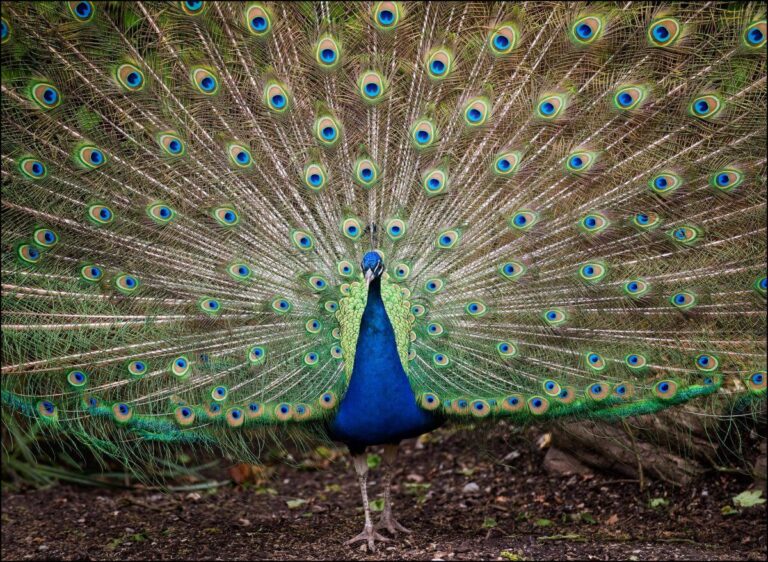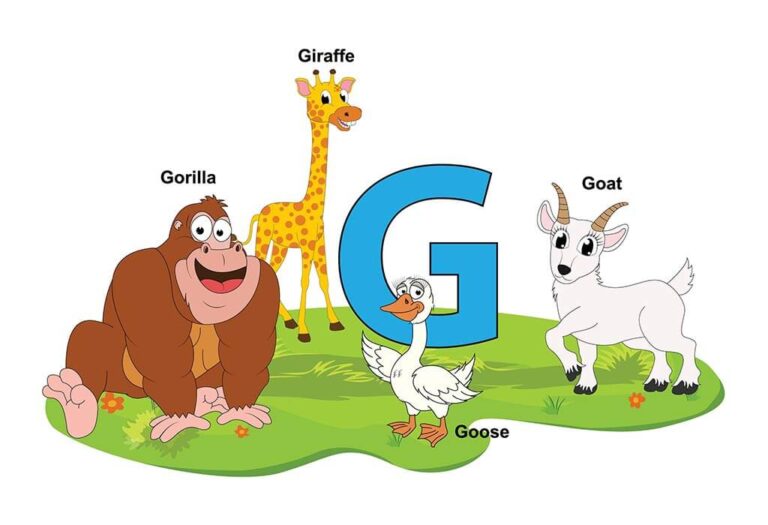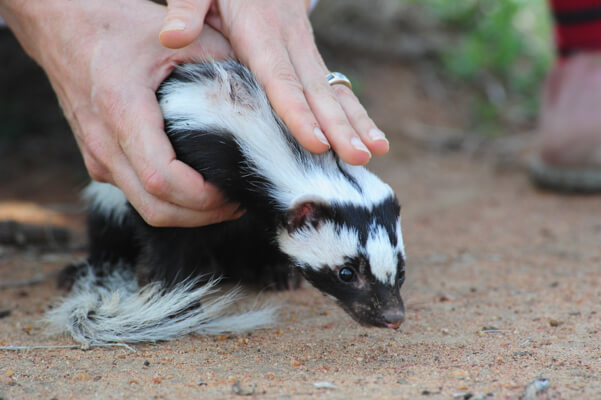Wolf – The Majestic Pack Leader
Wolves (Canis lupus) have fascinated humans for centuries with their intelligence, social structures, and adaptability. Often seen as a symbol of wild beauty and strength, wolves are essential to the ecosystems they inhabit. This article will explore their scientific classification, physical characteristics, habitat, behavior, diet, reproduction, predators, conservation status, and their evolutionary history, including their complex relationship with humans.
Contents
Scientific Classification
- Kingdom: Animalia
- Phylum: Chordata
- Class: Mammalia
- Order: Carnivora
- Family: Canidae
- Genus: Canis
- Species: Canis lupus
Wolves belong to the Canidae family, which includes other species like foxes, coyotes, and domestic dogs. Although several subspecies exist, Canis lupus is the scientific name for the gray wolf, adapted to different environments worldwide.
Physical Characteristics

Wolves are large carnivorous mammals with powerful builds designed for endurance and hunting. They possess:
- Size: Wolves typically range from 26 to 32 inches in height and weigh between 60 and 150 pounds, depending on subspecies and location.
- Fur: Their thick, double-layered coat provides insulation, with outer guard hairs repelling water and a dense undercoat keeping them warm in frigid climates. Coat color varies from white to black, with many shades of gray, brown, and tan in between.
- Head and Teeth: Wolves have broad skulls, strong jaws, and 42 teeth, including sharp canines that tear into prey. Their bite force is nearly twice that of a domestic dog.
- Eyes and Ears: Their yellow or amber eyes provide excellent night vision, while their large, erect ears can detect faint sounds up to six miles away.
Habitat
Wolves are highly adaptable and can thrive in various habitats, including:
- Forests: Dense, boreal forests of North America and Eurasia.
- Tundra: Arctic wolves survive in harsh tundra regions.
- Deserts and Grasslands: Wolves in more temperate regions live in deserts and grasslands, hunting smaller prey and adjusting to extreme temperatures.
Historically, wolves have ranged across most of the Northern Hemisphere, but human activity has significantly reduced their range, mainly confined to protected or remote areas.
Behavior and Social Structure
Wolves are highly social animals, living in well-structured packs. A wolf pack typically consists of:
- Alphas: The dominant male and female pair, often called the “breeding pair.”
- Betas: The second-in-command wolves who help the alphas with leadership.
- Omegas: Wolves at the bottom of the hierarchy often serve as stress relievers for the pack.
The pack communicates through body language, facial expressions, vocalizations (such as howling), and scent marking. Packs work together in hunting, raising young, and defending their territory, ranging from 50 to 1,000 square miles, depending on prey availability.
Diet
Wolves are carnivores and rely on their pack to hunt and capture large prey. Their diet includes:
- Primary Prey: Large ungulates like deer, elk, moose, and bison. Packs coordinate complex hunting strategies to take down these animals.
- Secondary Prey: Smaller mammals such as rabbits, beavers, and rodents when larger prey is scarce.
- Opportunistic Feeding: Wolves are opportunistic hunters and scavengers, consuming carrion or stealing kills from other predators like bears or cougars.
On average, a wolf needs around 2.5 pounds of food daily but can consume up to 20 pounds in a single meal after a successful hunt.
Reproduction
Wolf reproduction is closely tied to their pack structure and social bonds:
- Breeding Season: Typically occurs between January and March. Only the alpha pair breeds in most packs.
- Gestation Period: Lasts about 63 days.
- Litter Size: Litters usually consist of 4 to 6 pups, born blind and helpless in a den.
- Parental Care: The alpha male and female and the rest of the pack are involved in raising the pups. They are fed regurgitated food by adult members and protected until they are old enough to join hunts.
Wolf pups mature quickly, participating in pack activities by 10 months and reaching sexual maturity at two years.
Predators and Threats
Wolves are apex predators, but they do face threats from both the natural world and humans:
- Natural Predators: Few animals prey on wolves. Bears, cougars, and other wolves can pose threats, especially to young pups or lone wolves.
- Human Impact: The greatest threat to wolves has historically been humans. Hunting, habitat destruction, and livestock conflicts have dramatically reduced wolf populations. In many regions, wolves were eradicated, though recent conservation efforts aim to restore populations.
Conservation Status
The conservation status of wolves varies depending on the subspecies and region:
- Gray Wolves (Canis lupus): Considered of “Least Concern” by the IUCN due to stable populations in some areas. However, they remain endangered or threatened in others.
- Red Wolves (Canis rufus): Critically endangered, with fewer than 30 wild individuals left in the southeastern U.S.
- Arctic Wolves (Canis lupus arctos): Stable populations exist, though climate change may pose future risks.
Conservation efforts include reintroduction programs, habitat preservation, and legal protections like the Endangered Species Act in the U.S.
Evolutionary History
Wolves are part of the Canidae family, which dates back millions of years. Their closest relatives are domestic dogs (Canis lupus familiaris), with whom they share a common ancestor around 15,000 to 40,000 years ago. It is believed that early humans selectively bred wolves for traits like tameness, eventually leading to the domesticated dogs we know today.
Relationship with Humans
The wolf’s relationship with humans has been complex and dynamic:
- Mythology and Symbolism: Wolves have appeared across cultures in myths, folklore, and art. They are often seen as symbols of wilderness, strength, and independence.
- Conflict: Historically, wolves were vilified by humans, particularly in agricultural societies, due to livestock predation. This led to widespread hunting, trapping, and poisoning campaigns.
- Conservation and Reintroduction: In recent years, wolves have become a symbol of successful wildlife conservation, with efforts to reintroduce them into ecosystems like Yellowstone National Park showing positive ecological effects.
Interesting Facts
- Speed and Endurance: Wolves can run up to 40 miles per hour in short bursts and can travel long distances, sometimes covering 30 miles a day in search of food.
- Complex Communication: Wolves communicate within the pack through vocalizations, body postures, and facial expressions.
- Howling for Connection: Howling is a way for wolves to maintain contact with their pack members and announce their presence to other packs.
- Loyalty to the Pack: Wolves form strong social bonds within their packs, often remaining with their family group for life.
Conclusion
Wolves are majestic, intelligent, vital creatures crucial in maintaining healthy ecosystems. Their social structure, hunting strategies, and pack dynamics have fascinated scientists and nature lovers. While they have faced persecution and population decline due to human activity, modern conservation efforts are helping to restore wolf populations and their natural habitats. By understanding and protecting these magnificent animals, we preserve an iconic species and ensure the balance of the ecosystems they inhabit.
- Are Rottweilers Good With Kids? Reasons & Training Tips - 17 September 2025
- How Long Are Dogs Pregnant: Complete Guide - 16 September 2025
- German Shepherd Doberman Mix: Info, Pictures, Care & More - 11 September 2025







